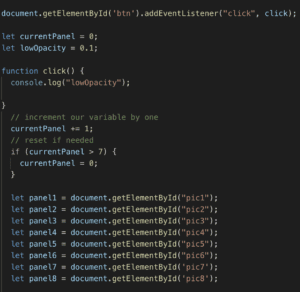The piece, ecstasy of influence is a fascinating take on how cultural references tend to continuously redefine our understanding of Art. The idea of Cryptomeria, suggested by . the essay, is an interesting take on what we might call a “translation of culture”. When we think about the way that we interact with references and subtle appropriations, we don’t think about its origins, but rather the way that we think and feel from our interaction with said references. The author, Jonathan Lethem, attempts to combine this with the whole of art, where the subtle ways that influence art can also be representative of how technology functions. The author describes this conglomerate as a kind of Jazz, where information is outsourced and manipulated, copied and redistributed. Interestingly enough, he draws upon principles of the phenomenological aspect of art (i.e. Martin Heidegger), and how objects enter our lives and establish themselves as ever-present. What’s interesting about this abstract concept is how perception and previous knowledge (as described by Walter Benjamin’s work) helps to shape present artwork. This explains the way that media presents itself, and the important role that prior knowledge plays in understanding art, and the many forms that they come in from. I think of this concept in how culture can act as an industry, where new techniques are often appropriated by those learning and trying to make “better” art. They provide themselves with the practice to replicate ‘a template’ of sorts, to mechanically reproduce artwork. This is mainly an application of Adorno & Horkheimer’s “the culture industry” and Walter Benjamin’s “In the age of mechanical reproduction to that of the artist. Both pieces end up criticizing the role of business in media but forget the methods to which art and media are often produced by creatives. The process itself can be seen as its own kind of mechanized production, to which point art is seen as meaningless. So the question then becomes, why is it actually meaningful? Perhaps it is the fact that prior knowledge’s role in the question can create some sort of association with what we distinguish as ‘normal’ and the weird – art – that provides some sense of abnormal (escapism) to the observer.
The Author does make an interesting point, however, to bring up the idea of intellectual property with art, in how in such a mess, it seems hard to point out what should and should not be criticized for appropriation.
However, I believe the point he is trying to make refuses such a notion. Art, in his opinion, is something to be given, something to contribute – as labeled by a description of what is known as the ‘gift economy’. Such a notion is interesting to think about when he describes Don Swanson’s idea of “undiscovered public knowledge” in reference to previously written literature. Perhaps, someone has already solved the world’s problems.
The idea makes me think about how hope plays a factor in solving world issues. It is an emotion respondent to our own attributes. The author makes an intriguing, and I think necessary, point with his essay.
But I think it’s a thought I’d rather leave someone else to explore right now – I have school to worry about.
